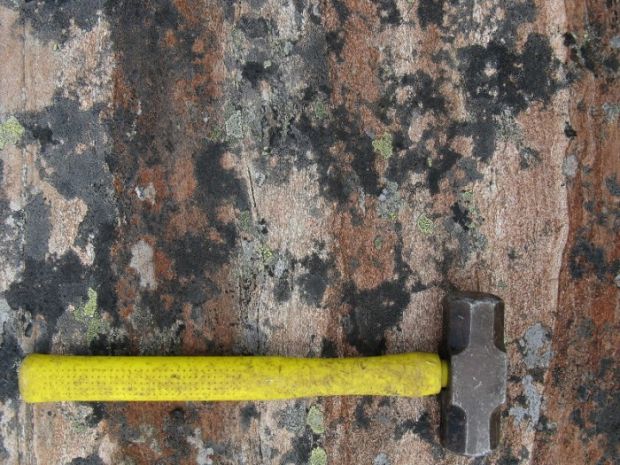Having taken the time to study some of the oldest rocks thus far discovered on our planet, scientists with the McGill University in Montreal, Canada, and fellow researchers found evidence that some 4 billion years ago Earth had an atmosphere able to sustain life.
In a report published in a recent issue of the journal Proceedings of the National Academy of Sciences, the McGill University specialists and their colleagues argue that this find has high chances to lead to a better understanding of how life emerged and evolved on our home planet.
The earliest record yet of our planet's atmosphere
As part of this investigation into what Earth was like in its younger days, researchers collected and analyzed rock samples originating from a region known as the Nuvvuagittuq Greenstone Belt in Quebec, a province in east-central Canada.
The Nuvvuagittuq Greenstone Belt stretches along eastern shore of Hudson Bay and rocks present in the area are estimated to have been deposited as sediments about 4.3 billion years ago, merely a couple hundred million years following the formation of our planet.
When studying these freakishly old rocks, the McGill University scientists and their colleagues focused on analyzing the sulfur isotopes included in their makeup. The researchers say that they found these isotopes to be about 3.8 billion years old, maybe 500 million years old.
Still, it wasn't their impressive age that sparked the researchers' interest in the sulfur isotopes. What drew their attention was evidence that, before becoming embedded in rocks, the isotopes had been cycled through early Earth's atmosphere.
What does this have to do with the emergence of life on Earth?
By the looks of it, the chemical makeup of the 4.3-billion-year-old Nuvvuagittuq Greenstone Belt rocks analyzed during this study is pretty much the same as that of other rocks that are some 2 billion years younger and that previous investigations found to have been modeled by primitive microbial life.
“We found that the isotopic fingerprint of this atmospheric cycling looks just like similar fingerprints from rocks that are a billion to 2 billion years younger,” explains researcher Emilie Thomassot. “Those younger rocks contain clear signs of microbial life,” adds specialist Boswell Wing.
Mind you, this early atmosphere that scientists believe encircled our planet about 4 billion years ago wasn't anything like the one that we owe our existence to. On the contrary, chances are that it packed loads of methane and carbon dioxide and, consequently, was probably only microbial life-friendly.
Still, this does change the fact that, as proven by this study, it was as much as 4 billion years ago that Earth grew an atmosphere able to sustain life. “The Nuvvuagittuq sediments record a memory of Earth’s surface environment at the very dawn of our planet. And surprisingly, this memory seems compatible with a welcoming terrestrial surface for life,” says Emilie Thomassot.

 14 DAY TRIAL //
14 DAY TRIAL // 

